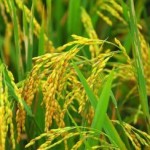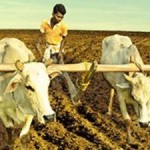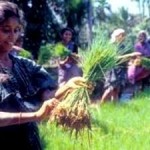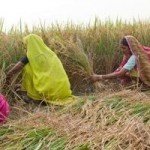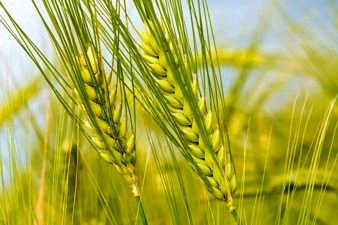
Cali, Colombia – A comprehensive new study of global food supplies confirms and thoroughly documents for the first time what experts have long suspected: Over the last five decades, human diets around the world have grown ever more similar – by a global average of 36% – and the trend shows no signs of slowing, with major consequences for human nutrition and global food security.
“More people are consuming more calories, protein and fat, and they rely increasingly on a short list of major food crops, like wheat, maize, and soybean, along with meat and dairy products, for most of their food,” said lead author Colin Khoury, a scientist at the Colombia-based International Center for Tropical Agriculture (CIAT), which is a member of the CGIAR Consortium. “These foods are critical for combating world hunger, but relying on a global diet of such limited diversity obligates us to bolster the nutritional quality of the major crops, as consumption of other nutritious grains and vegetables declines.”
The new study, published in the Proceedings of the National Academy of Sciences of the United States of America, suggests that growing reliance on a few food crops may also accelerate the worldwide rise in obesity, heart disease, and diabetes, which are strongly affected by dietary change and have become major health problems, “even within countries still grappling with significant constraints in food availability.” The study calls for urgent efforts to better inform consumers about diet-related diseases and to promote healthier, more diverse food alternatives.
The research reveals that the crops now predominant in diets around the world include several that were already quite important a half-century ago – such as wheat, rice, maize and potato. But the emerging “standard global food supply” described by the study also consists of energy-dense foods that have risen to global fame more recently, like soybean, sunflower oil and palm oil. Wheat is a major staple in 97.4 percent of countries and rice in 90.8 percent; soybean has become significant to 74.3% of countries.
In contrast, many crops of considerable regional importance – including cereals like sorghum, millets and rye, as well as root crops such as sweet potato, cassava, and yam – have lost ground. Many other locally significant grain and vegetable crops – for which globally comparable data are not available – have suffered the same fate. For example, a nutritious tuber crop known as Oca, once grown widely in the Andean highlands, has declined significantly in this region both in cultivation and consumption.
“Another danger of a more homogeneous global food basket is that it makes agriculture more vulnerable to major threats like drought, insect pests, and diseases, which are likely to become worse in many parts of the world as a result of climate change,” said Luigi Guarino, a study co-author and senior scientist at the Global Crop Diversity Trust, headquartered in Germany. “As the global population rises and the pressure increases on our global food system, so does our dependence on the global crops and production systems that feed us. The price of failure of any of these crops will become very high.”
As the authors probed current trends in food consumption, they documented a curious paradox: As the human diet has become less diverse at the global level over the last 50 years, many countries, particularly in Africa and Asia, have actually widened their menu of major staple crops, while changing to more globalized diets.
“In East and Southeast Asia, several major foods – like wheat and potato – have gained importance alongside longstanding staples, like rice,” Khoury noted. “But this expansion of major staple foods has come at the expense of the many diverse minor foods that used to figure importantly in people’s diets.”
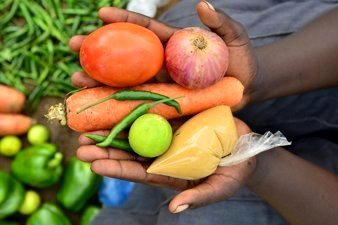
The dietary changes documented in the study are driven by powerful social and economic forces. Rising incomes in developing countries, for example, have enabled more consumers to include larger quantities of animal products, oils and sugars in their diets. Moreover, urbanization in these countries has encouraged greater consumption of processed and fast foods. Related developments, including trade liberalization, improved commodity transport, multinational food industries, and food safety standardization have further reinforced these trends.
“Countries experiencing rapid dietary change are also quickly seeing rises in the associated diseases of over-abundance,” said Guarino. “But hopeful trends are also apparent, as in Northern Europe, where evidence suggests that consumers are tending to buy more cereals and vegetables and less meat, oil, and sugar.”
The researchers single out five actions that are needed to foster diversity in food production and consumption and, thus, improve nutrition and food security:
- Actively promote the adoption of a wider range of varieties of the major crops worldwide to boost genetic diversity and, thus, reduce the vulnerability of the global food system in the face of challenges that include climate change, rising food demand, and increased water and land scarcity. This action is especially important for certain crops, like banana, whose production is dominated by a very few, widely grown commercial varieties.


